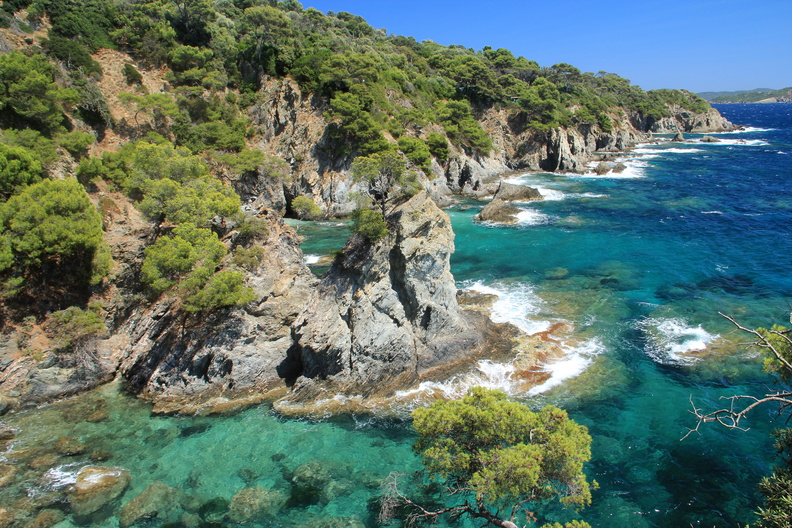View of the Port & the "Bonne Mère"
There’s so much to say about Marseille, second city of
France, that it’s even hard to find a starting point! After a two-hour train
ride from Hyères where we were last week, you’ll arrive in the big
Marseille-Saint-Charles train station from where you’ll exit using the
impressive staircase and its 104 steps from 1927. Marseille can have
quite a bad reputation from Northern France. Many people say it’s a dirty and
dangerous city. But Marseille, with its vivid diversity, tends to offer to its
visitors a wide range of opportunities.
For the last few years, the city has started a reconversion, especially since 2013 when Marseille was the European Capital of Culture. Masilia (as known in the Antiquity) is nowadays the biggest French port. Form the top of Notre Dame de la Garde, Marseille’s iconic figure that watches over sailors and fishermen, take a deep breath of the city before heading down to the Vieux-Port, the historical heart of the city. While you’re in the Old-Port, stop by some local restaurants and try the famous bouillabaisse, a fish stew originally from Marseille. Then, start your walk through the Canebière, the kilometer-long historic high street of the city where you’ll find landmarks.
It’s now time to pack some tapenade (a purée of olives, capers, anchovies, and olive oil) and bread in your backpack for a trip to the Château d’If and the Calanques, away from the busy city center. Ordered by King François I, the Château d’If used to be a fortress and a prison. It is now well known because of the Count of Monte-Christo by Dumas. Along a coast line of 20km, the Calanques are magnificent white cliffs that rise vertically from the sea. This rugged area interspersed with small fjord-like inlets is totally breathtaking! When you'll feel like it, find a quiet spot in the Calanques, spread some tapenade on a slice of bread, close your eyes, take another deep breath and re-open your eyes: welcome to paradise!
For the last few years, the city has started a reconversion, especially since 2013 when Marseille was the European Capital of Culture. Masilia (as known in the Antiquity) is nowadays the biggest French port. Form the top of Notre Dame de la Garde, Marseille’s iconic figure that watches over sailors and fishermen, take a deep breath of the city before heading down to the Vieux-Port, the historical heart of the city. While you’re in the Old-Port, stop by some local restaurants and try the famous bouillabaisse, a fish stew originally from Marseille. Then, start your walk through the Canebière, the kilometer-long historic high street of the city where you’ll find landmarks.
It’s now time to pack some tapenade (a purée of olives, capers, anchovies, and olive oil) and bread in your backpack for a trip to the Château d’If and the Calanques, away from the busy city center. Ordered by King François I, the Château d’If used to be a fortress and a prison. It is now well known because of the Count of Monte-Christo by Dumas. Along a coast line of 20km, the Calanques are magnificent white cliffs that rise vertically from the sea. This rugged area interspersed with small fjord-like inlets is totally breathtaking! When you'll feel like it, find a quiet spot in the Calanques, spread some tapenade on a slice of bread, close your eyes, take another deep breath and re-open your eyes: welcome to paradise!
Les calanques de Marseille







